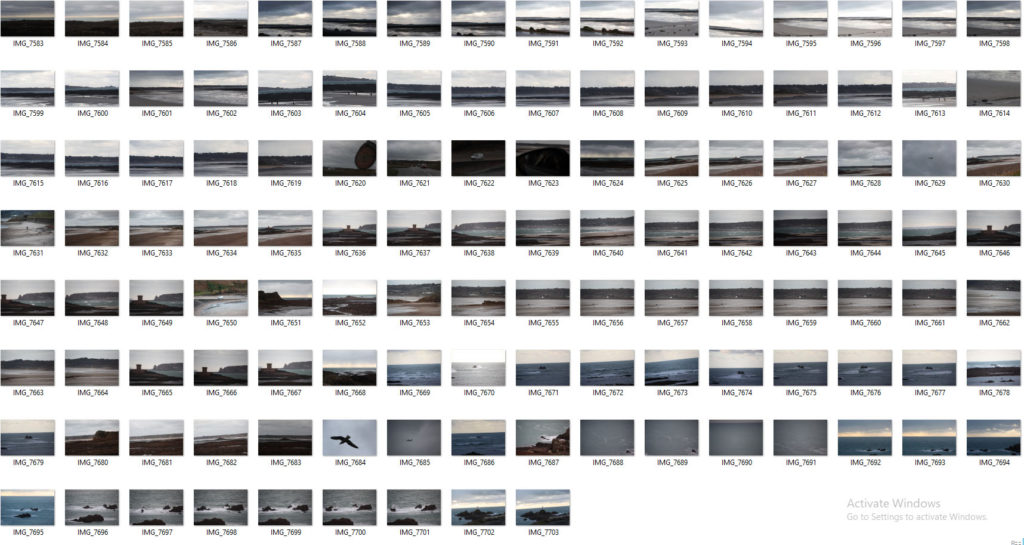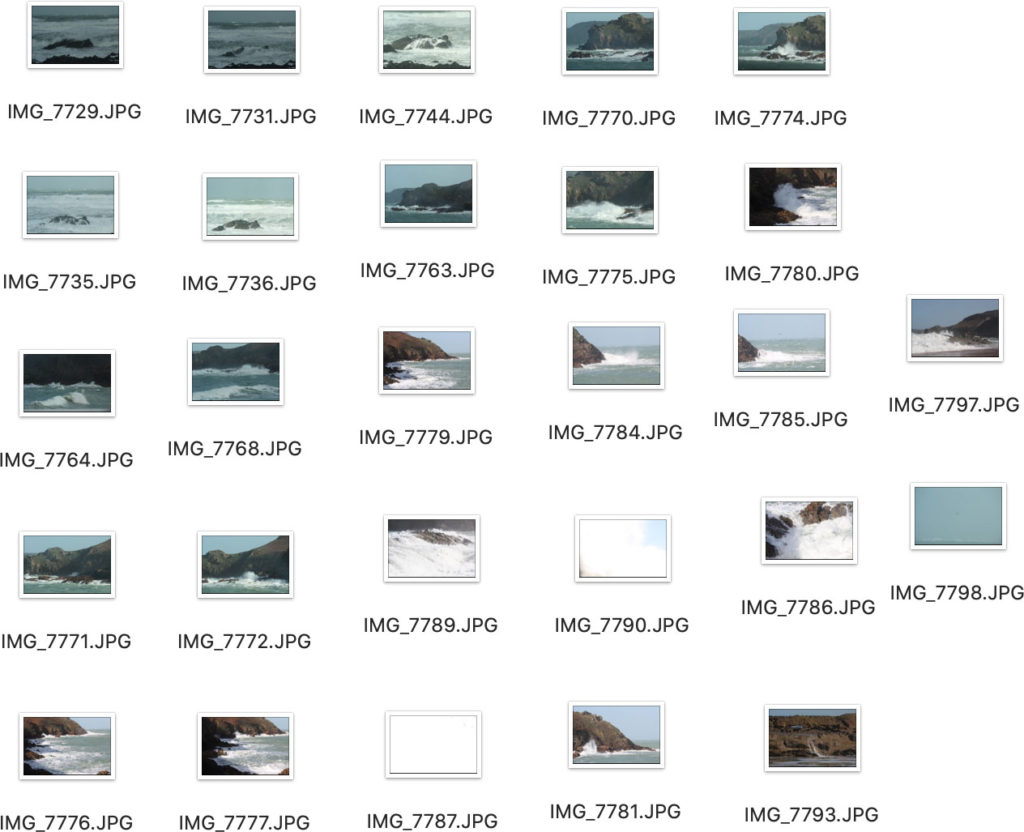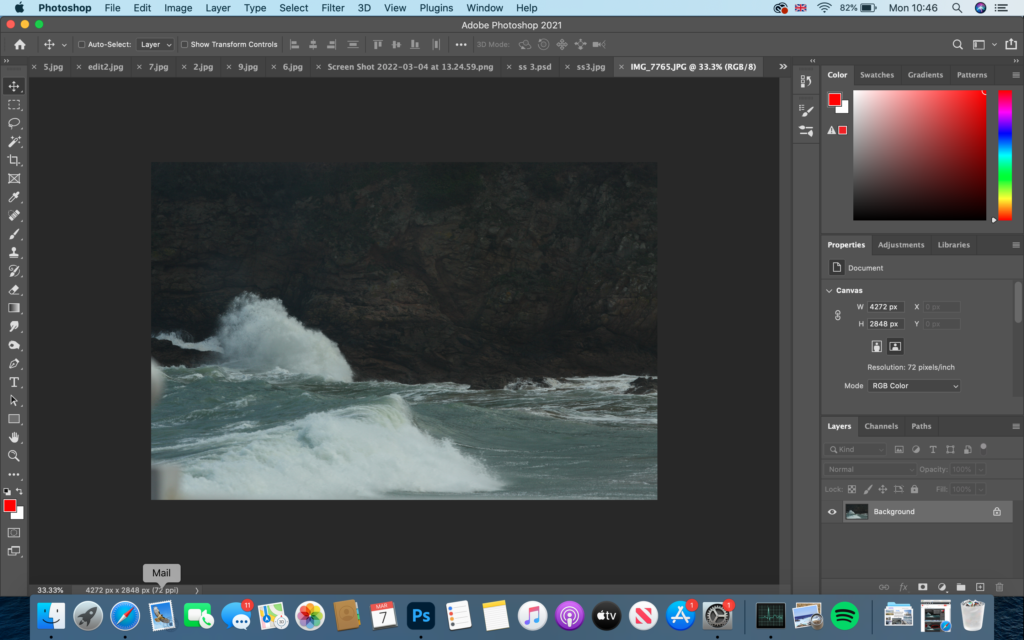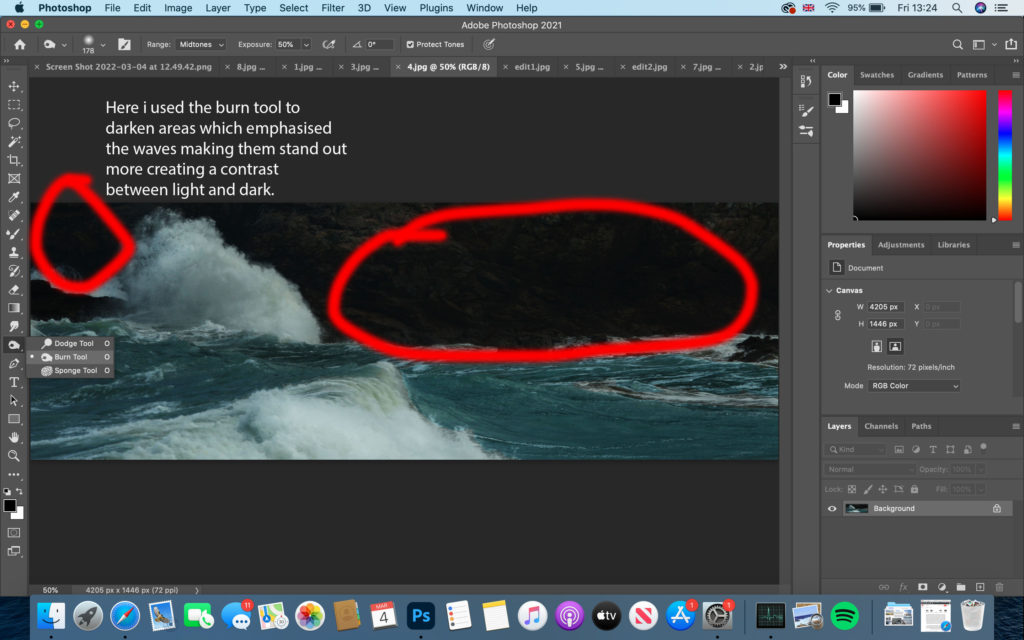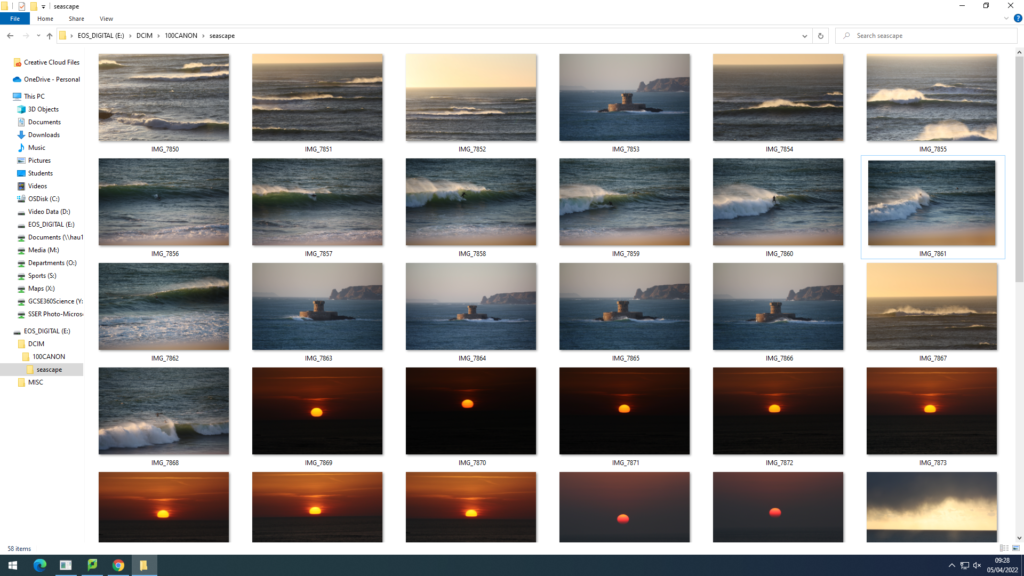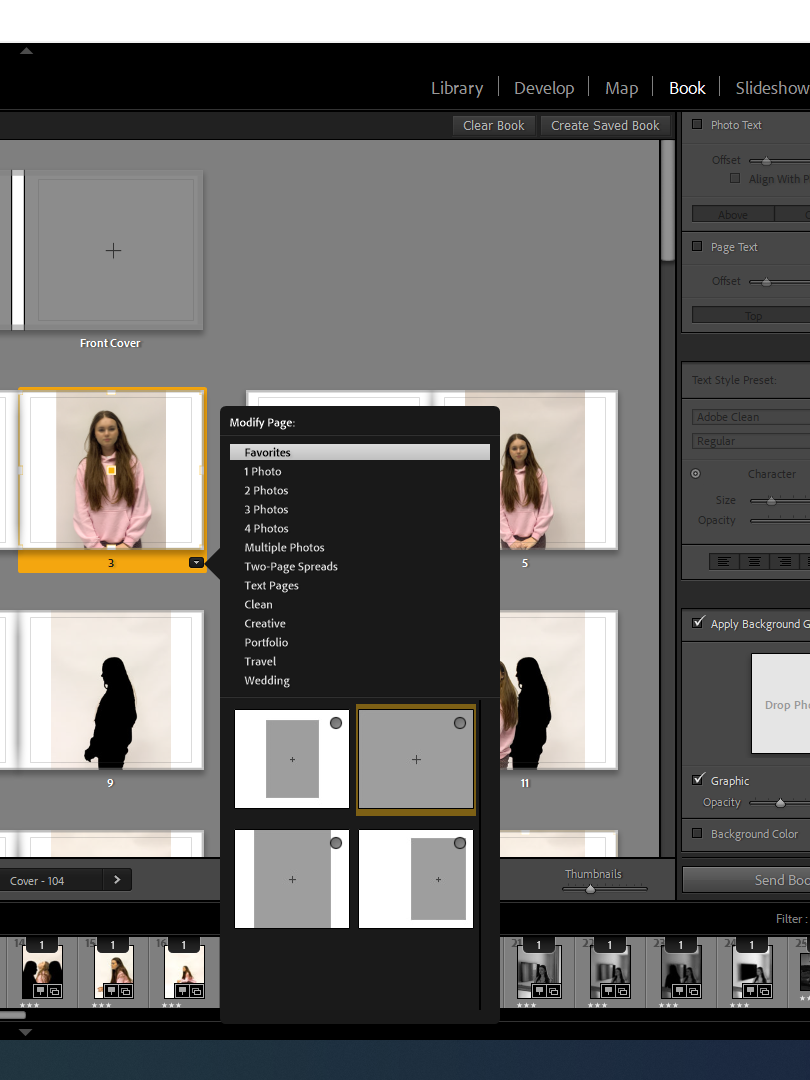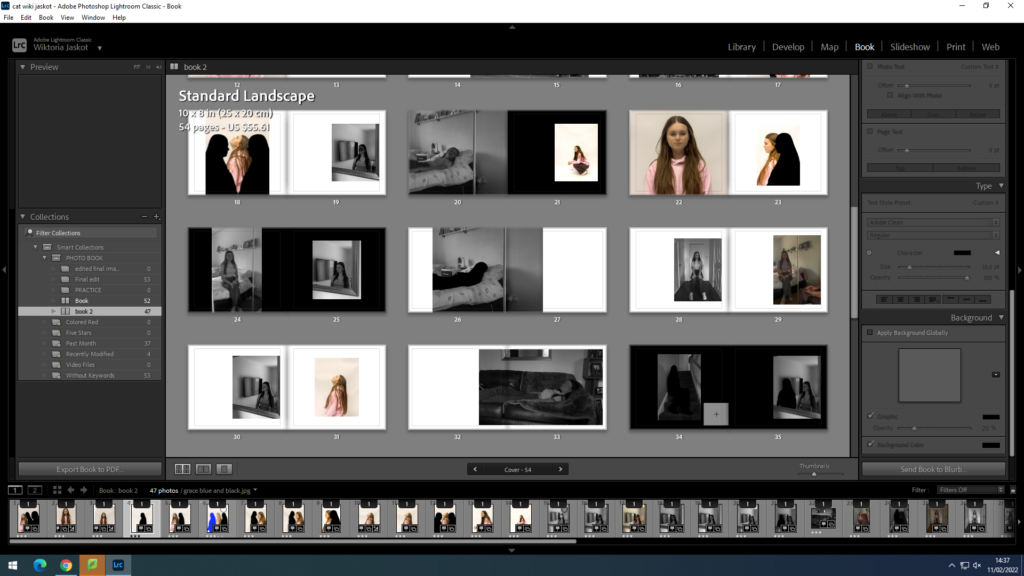Is God dead/does he exist?
No one can disprove the existence of God.
One reason for this is because in the beginning there was an explosion and within minutes, 98% of the matter that there is or ever will be was produced; we had a universe.
For 2500 years most scientists agreed with Aristotle’s theory of a steady state universe; that the universe has always existed, with no beginning and no end.
However, the Bible disagreed. In the 1920s, Belgian astronomer, George Lemaitre, a theist (someone who believes in the existence of God), said that the entire universe jumping into existence in a trillionth of a trillionth of a second, out of nothingness, in an unimaginably intense flash of light, is how he would expect the universe to respond if God were to actually utter the command in Genesis 1:3, “Let there be light.” All of which points to a God that created it. For example, in the real world, we never see things jumping into existence out of nothingness. But atheists, want to make one small exception to this rule, namely the universe and everything in it.
You may argue that in the book, The God of Delusion, Richard Dawkins says, “if you tell me God created the universe, then I have the right to ask you who created God.” But Dawkin’s question only makes sense in terms of a God who has been created, it wouldn’t make sense to apply that question to an uncreated God which is what Christians believe in. Even leaving God out of the equation, I then have a right to turn Mr. Dawkins’ own question back around on him and ask, “if the universe created you, then who created the universe?”
As you can powerfully see both the theist and the atheist are both burdened with answering the same question of how things started.
You may argue that Stephen Hawking, the world’s most famous scientists, and who is not a theist, has come out in favour of a self-designing universe. This is clearly shown in the quote, “Because there’s a law such as gravity, the universe can and will create itself from nothing. Spontaneous creation is the reason there is something instead of nothing. It’s why the universe exists, why we exist. It is not necessary to invoke God to set the universe in motion.”
But, Professor John Lennox, who teaches mathematics and philosophy, has demonstrated that there are 3 errors of logic contained in that one simple sentence which all boils down to circular reasoning. Hawkins is basically saying that the universe exists because the universe needed to exist and since the universe needed to exist it therefore created itself. For example, imagine I come to you and say, “I can prove that spam is the best-tasting food that ever existed because in all of history, no food has ever tasted better”, you’d probably look at me strange and say that I haven’t proven anything. And you’d be right, all I’ve done was restate my original claim.
But when Hawkins claims that the universe created itself because it needed to create itself and offers that as to how and why it was created, we don’t immediately recognise that he’s doing the same thing. But he is, promoting Lennox to further comment, “Nonsense remains nonsense, even when spoken by famous scientists. Even though the general public assume they’re statements of science.”
I’m not trying to say that Stephen Hawking is wrong, I’m saying that John Lennox, a professor of mathematics and philosophy, has found Professor Hawking’s reasoning to be faulty, and I agree with his logic.
On the other hand, if you can’t bear to disagree with Hawkings thinking, then I suggest you turn to page 5 of his book, “The Grand Design”, where he insists, “philosophy is dead.” And if you’re so sure of Professor Hawking’s infallibility, and philosophy really is dead, then there is really no need for people to ever study philosophy and this argument is useless.
Another point to consider is that for the last 150 years, Darwinists have been saying that God is unnecessary to explain man’s existence and that evolution replaces God. But evolution only tells you what happens once you have life. So, where did that something that’s alive come from? Well, Darwin never really addressed it. He assumed that maybe some lighting hit a stagnant pool full of the right kind of chemicals and bingo, a living something. But it’s not that simple.
Darwin claimed that the ancestry of all living things came from that one single, simple organism, which reproduced and slowly modified over time into the complex life forms we view today. Which is why, after contemplating his own theory, Darwin uttered his famous statement, “Natura non facit saltum”, which means, “Nature does not jump.” Well, as noted, author Lee Strobeck pointed out, that if you can picture the entire 3.8 billion years that scientists say life has been around as one 24-hour day, in the space of just 90 seconds, most major animal groups suddenly appear in the forms in which they currently hold. Not slowly and steadily as Darwin predicted, but in evolutionary terms, almost instantly. So, “nature does not jump” becomes “nature makes a giant leap.”
So, how do theists (someone who believes in the existence of God) explain this sudden outburst of new biological information? “And God said, “Let the water teem with living creatures and let the birds fly above the earth across the expanse of the sky. So, God created the great creatures of the sea and every living and moving thing with which the water teems according to its kind. And God saw that it was good” – Genesis 1:20.
Put simply, creation happened because God said it should happen. And even what looks to our eyes to be a blind, unguided process could be divinely controlled from start to finish.
People have the right to believe what they want to believe but, it’s easy to dismiss what you don’t understand or what you don’t want to understand.
Another argument could be said that evil is atheism’s most potent weapon against the Christian faith, and it is. After all, the very existence of evil begs the question, “if God is all-good, and God is all powerful, why does he allow evil to exist?” The answer at its core is quite simple: free will. God allows evil to exist because of free will. From the Christian standpoint, God tolerates evil in this world on a temporary basis so that one day, those who choose to love him freely will dwell with Him in heavily, free from the influence of evil, but with their free will intact. In other word, God’s intention concerning evil, is to one day destroy it.
Contrastingly, others may argue that “one day, I will get rid of all the evil in the world. But until then, you just have to deal with all the wars, and Holocausts, tsunamis, poverty, starvation, and AIDS. Have a nice life.” You may assume that next I’ll talk to you about moral absolutes. But why not?
Someone who’s an atheist, doesn’t believe in moral absolutes, but let’s say that you find someone cheating in the same exam you’re taking and gets a good grade. I bet you’ll suddenly start sounding like a Christian, insisting it’s wrong to cheat, that the person should have known that. And yet, what basis do you have? If the actions of others are calculated to help them succeed, then why shouldn’t they perform them?
For Christians, the fixed point of morality, what constitutes right and wrong, is a straight line that leads directly back to God. And I’m not saying that you need God to be moral, that a moral atheist is an impossibility. But with no God, there’s no real reason to be moral. There’s not even a standard of what moral behaviour is. For Christians, lying, cheating, stealing, in my example, someone stealing a grade they didn’t earn is a form of theft. But if God does not exist, as Dostoyevsky famously pointed out, “if God does not exist, then everything is permissible.” And not only permissible, but pointless. If this is right, then all of our struggles, our debate, whatever we decided to do is meaningless. Our lives and ultimately our deaths have no more consequence than that of a goldfish.
In conclusion, it all comes down to choice of believe or don’t believe, that’s all there is. That’s all there’s ever been.
Additionally, James Warner Wallace – homicide detective was the author of the book ‘Cold Case Christianity’. In his book, a subtitle he writes was, “A homicide detective investigates the claims of the gospel.” He was an atheist at the time of his research which reduces bias. Obviously, his duties as a homicide detective includes investigating cold case homicides. He states that ZERO of his cold cases were solved through the use of DNA evidence. He states that the cases got solved by examining eyewitness claims, even ones made many years earlier. This is possible through the number of techniques that they use to test the reliability of an eyewitness such as, forensic statement analysis.
Forensic statement analysis is a discipline where researchers scrutinize the statements of eyewitnesses while looking at what they choose to minimise, emphasize and omit altogether, how they expand or contract time. By examining these eyewitness accounts, researchers can tell who’s lying and who’s telling the truth, and even who the guilty party is.
Interestingly, as a former atheist, he applied his expertise to the death of Jesus at the hand of the Romans while also looking at the Gospels as he would any other forensic statement. The fact he was a non-Christian at the time means there was zero bias or influence for his findings to support or disprove that Jesus was not a real person. Within a matter of months, he determined that the 4 gospels, all written from different perspectives, contained the eyewitness accounts about the life, ministry, death and resurrection of Jesus. Also, he considered that the 4 accounts may be part of a conspiracy, designed to promote belief in a fledgling faith. However, he states that successful conspiracies often involve the fewest number of people. For example, it is a lot easier for 2 people to lie and keep a secret than it is for 20. That is where the problem with the conspiracy theories related to the apostles in the 1st century; there are just far too many of them trying to hold this conspiracy for far too long a period of time. And far worse, they’re experiencing pressure like no other.
Everyone one of these people were tortured and died because of what they claimed to see, and none of them ever recanted their story. Therefore, the idea that this is a conspiracy in the 1st century is really unreasonable. Instead, what was found in the gospels was something James called, “unintended eyewitness support statement”. For example, the Gospel of Matthew, the passage states that Jesus is in front of Caiaphas at a hearing, “Then they spit in his face and struck him with their fists. Others slapped him and said, ‘prophecy to us. Christ. Who hit you?'”. At first, it seems like a simple request given that the people who hit him are standing right in front of him which makes no sense. Why would it be prophecy to be able to tell you who hit you? But it’s not until you read Luke that you get an answer to this. He says, “the men who were guarding Jesus began mocking and beating him. They Blindfolded him and demanded, ‘Prophecy, who hit you?'”. So, now we know why this was a challenge, the gospel of Luke tells us the thing that Matthew left out, that he was actually blindfolded at the time this took place. This kind of unintentional eyewitness support that fills in a detail that the first witness left out is very common.
After years of scrutinizing these gospels using the template that James uses to determine if an eyewitness is reliable. He concluded that the four gospels in the Bible contained the reliable accounts of the actual words of Jesus on the other hand, it may be argued that there are numerous discrepancies between these accounts. But James Warner Wallace says that that is exactly what we should expect. This is because reliable eyewitness accounts always differ slightly in the way they recall a story. “They’re coming to it from different geographic perspectives, their history, even where they are located in the room.” When Wallace examined the gospels, he was trying to determine if these were accurate, reliable accounts in spite of any differences there might be between the accounts.
Finally, he states that when he began his study, he was a devout atheist. He began examining the gospel as a committed sceptic, not as a believer. He wants raised in a Christian environment even though he does have an unusually high regard for the value of evidence. He says that the reason why he’s a Christian now is not because he was nurtured into it or because he hoped it would satisfy some need or accomplish some goal. He says he’s a Christian because it is evidently true.
Solomon, C. and Konzelman, C. (2014). God’s not dead. 1st film, Greg Jenkins Productions, Pure Flix Entertainment, Red Entertainment Group.
Solomon, C. and Konzelman, C. (2016). God’s not dead. 1st film, Greg Jenkins Productions, Pure Flix Entertainment, Red Entertainment Group.
